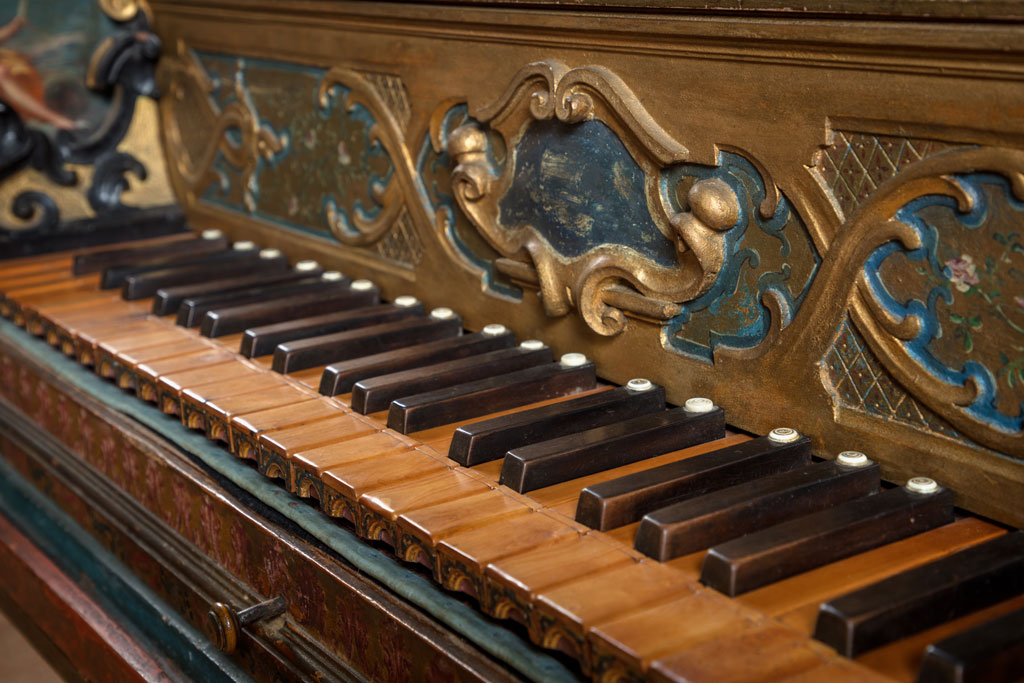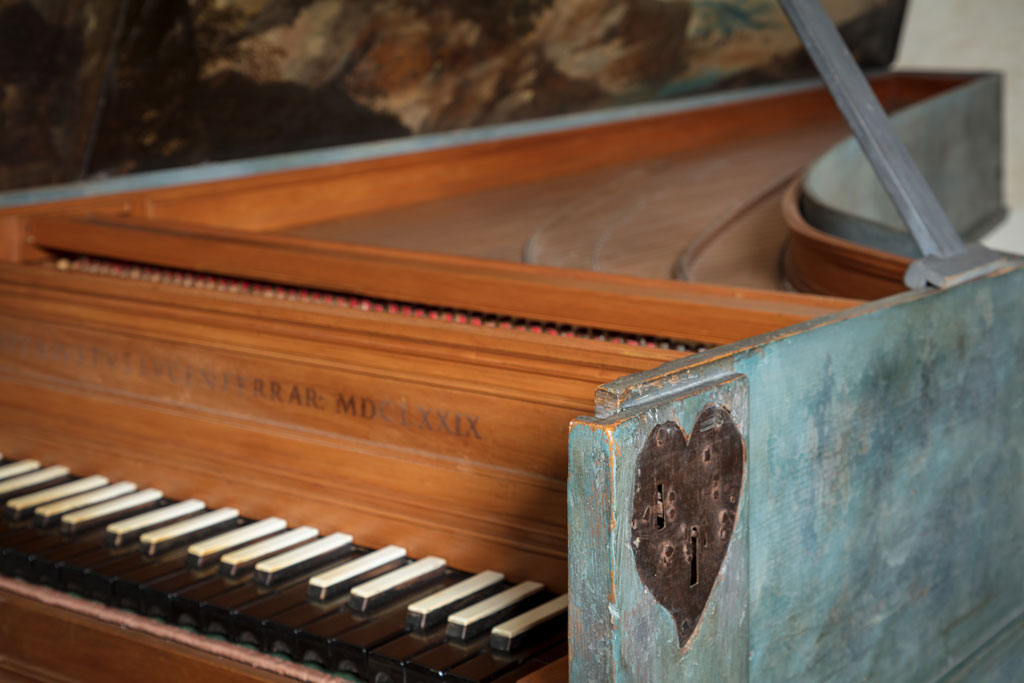
Collections
An immense patrimony is now
accessible online thanks to
Digital Humanities, a project
by the Fondazione Cassa di Risparmio
in Bologna started in 2019.
From ancient to contemporary art, prints to ceramics, photographic collections to miniatures, the Art and History Collections of the Fondazione Carisbo preserve a rich documentation of the cultural, artistic, and social changes in the city of Bologna over the centuries.
This rich and diverse heritage largely stems from the Cassa di Risparmio in Bologna’s original collections. The foundation began acquiring, cataloguing, and preserving artefacts of the city, its history, and the surrounding region in the early decades of the 20th century, later expanding its view to the entire national panorama.
This forward-looking work continues and enriches itself with new and valuable acquisitions every year.
An immense heritage
of over 48,000 pieces
- Artworks
- Photographic collections
- Archives and documentary collections
- Manuscripts
- Library funds
- Musical instruments
Over 1,460 paintings, from Vitale da Bologna to Giacomo Balla; 126 sculptures, including those by Antonio Canova and Arturo Martini; 2,670 drawings, from Gaetano Gandolfi to Filippo De Pisis; and 11,000 engravings, from Giuseppe Maria Mitelli to Luciano De Vita.
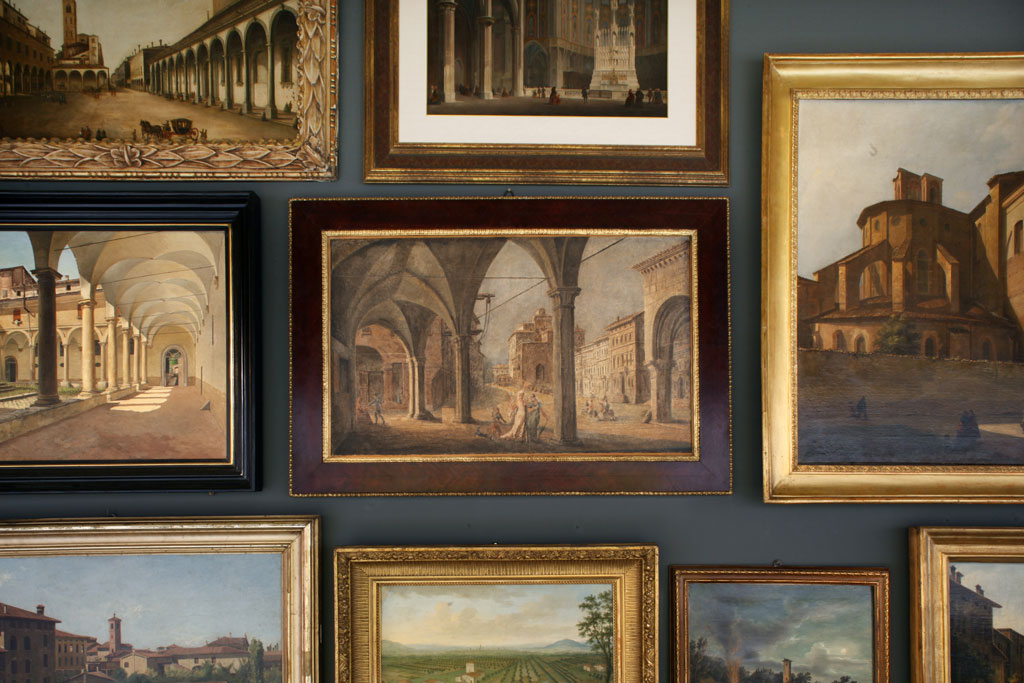
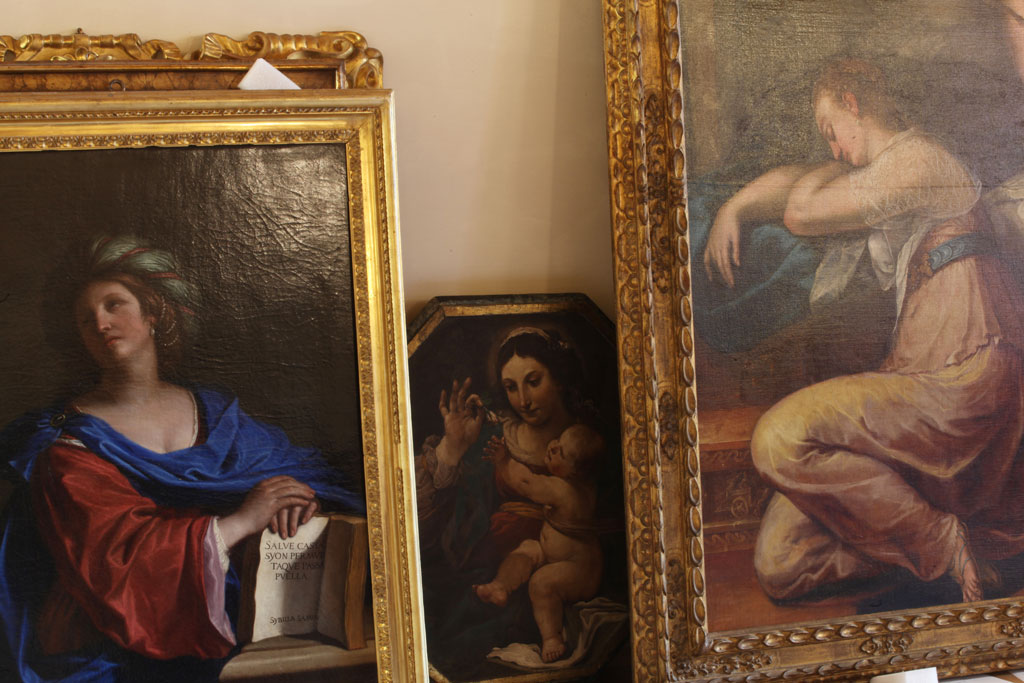
The number and variety of photographic collections allow users to travel back in time through the streets of old Bologna in photographs by Pietro Poppi and Antonio Brighetti, stroll among the ancient buildings of the Bolognese mountains with historical photographs by Luigi Fantini, and explore the priceless material of photojournalist Paolo Ferrari, who captured some of Italy's most tragic stories and Bologna's history.

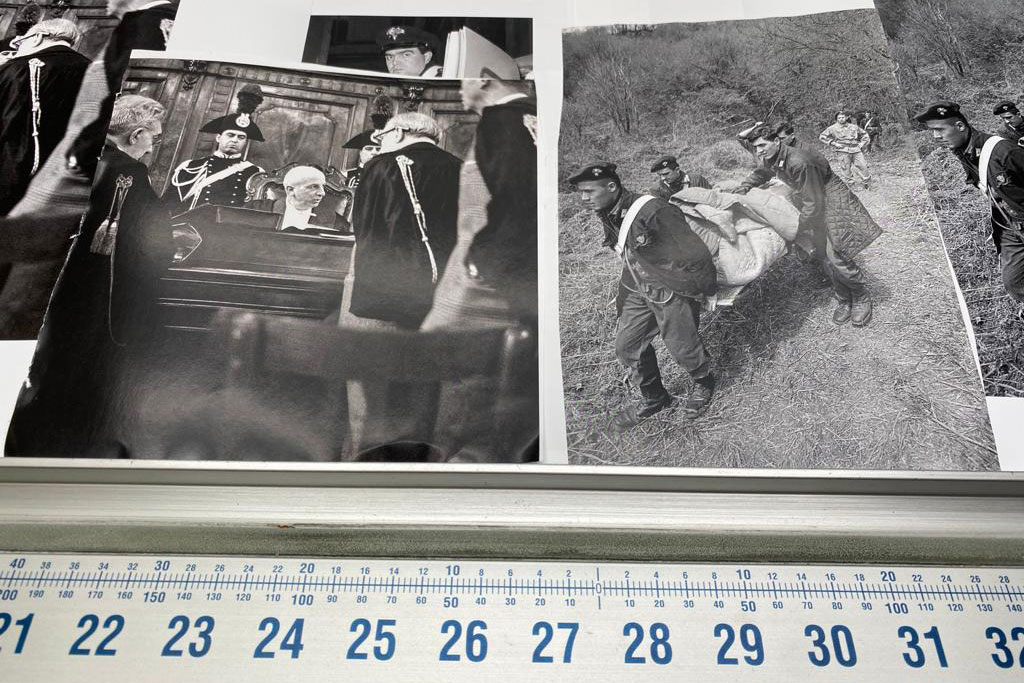
Thanks to the Digital Humanities project, it is also possible to consult thousands of paper documents housed at the Library of Art and History in San Giorgio in Poggiale in high definition: archives, documentary collections, manuscripts, incunabula, printed texts, historical catalogues. An inexhaustible heritage in constant digitalisation. Among the most valuable and artistically relevant archives, we highlight the collection of 5,016 bookplates collected between the late 19th and early 20th centuries by Ferrarese collector Giuseppe Cavalieri.
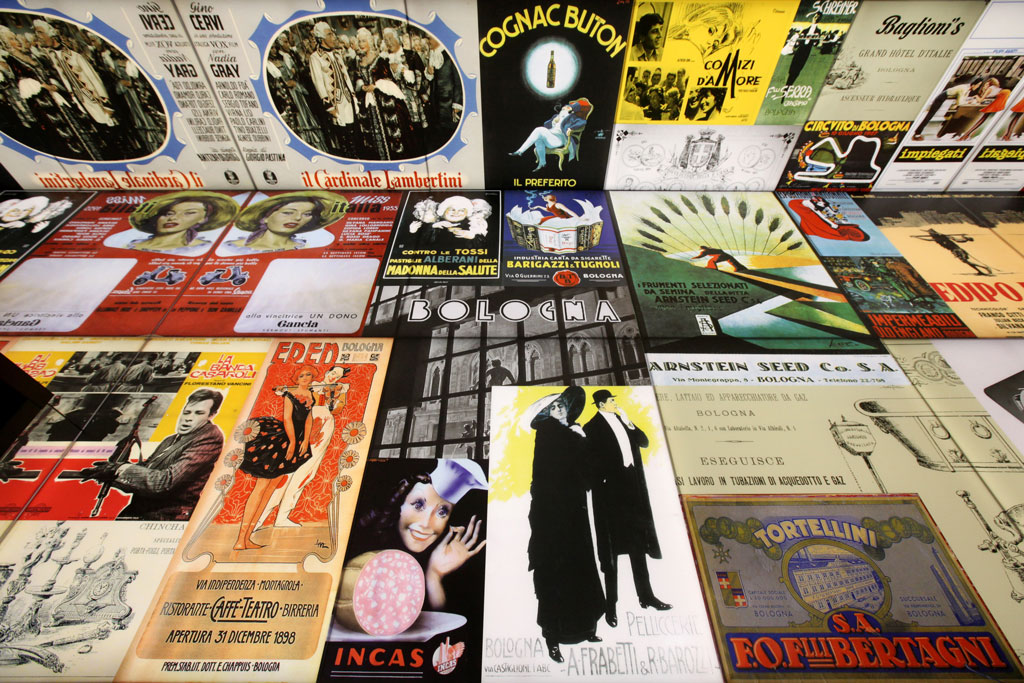

The precious trove of manuscripts belonging to the San Giorgio in Poggiale Library and currently being digitised is organised into four nuclei: Ambrosini Manuscripts, Sassoli Manuscripts, Silvani Manuscripts, and a special miscellany of manuscripts and documentary materials.

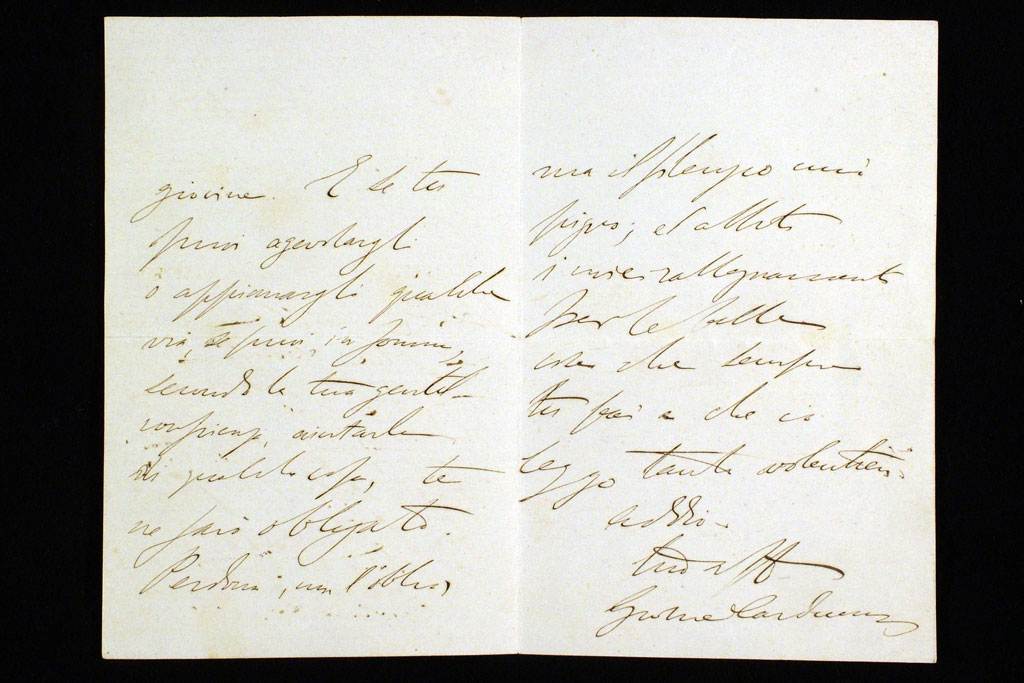
The library of San Giorgio in Poggiale preserves over 120,000 titles, including ancient and modern books, mostly of historical and artistic interest, along with a rich collection of periodicals. The most well-known and consulted include the Silvani Archive, Sassoli Archives, Brighetti Archive, and Ambrosini Archive, especially inexhaustible sources for local history enthusiasts. The Valesio Archive on international literature and poetry is also of great importance, as are the Tavaglini, Tamminga, and Mixed Archives on musical topics. All volumes are consultable in the SBN UBO catalogue (https://sol.unibo.it/SebinaOpac/.do?pb=UBOPG) and the national SBN OPAC (https://opac.sbn.it/web/opacsbn/home).
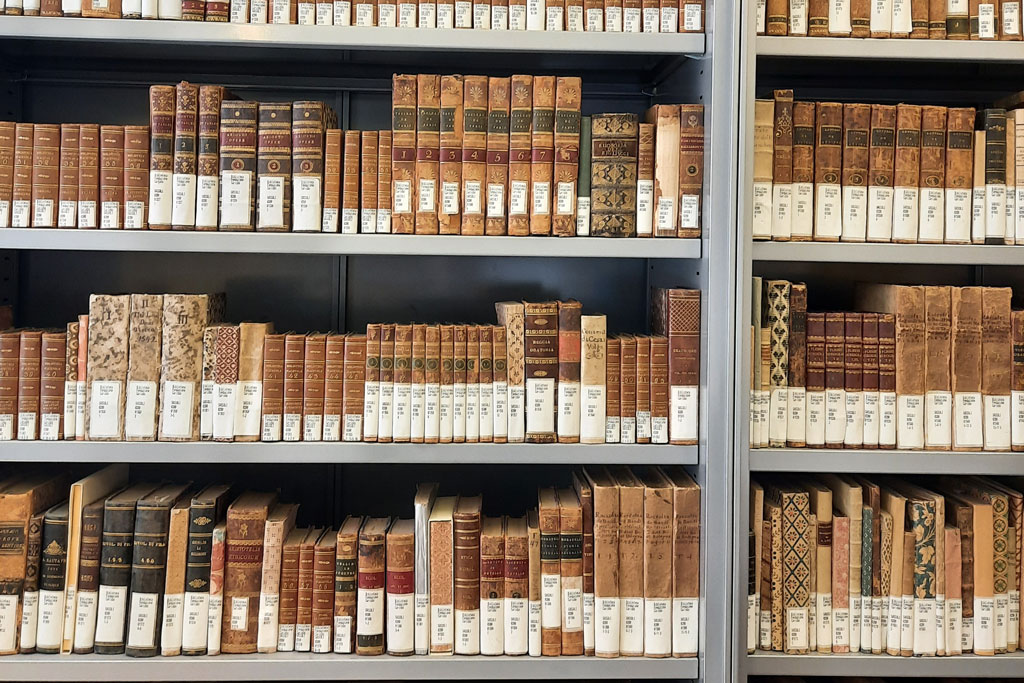
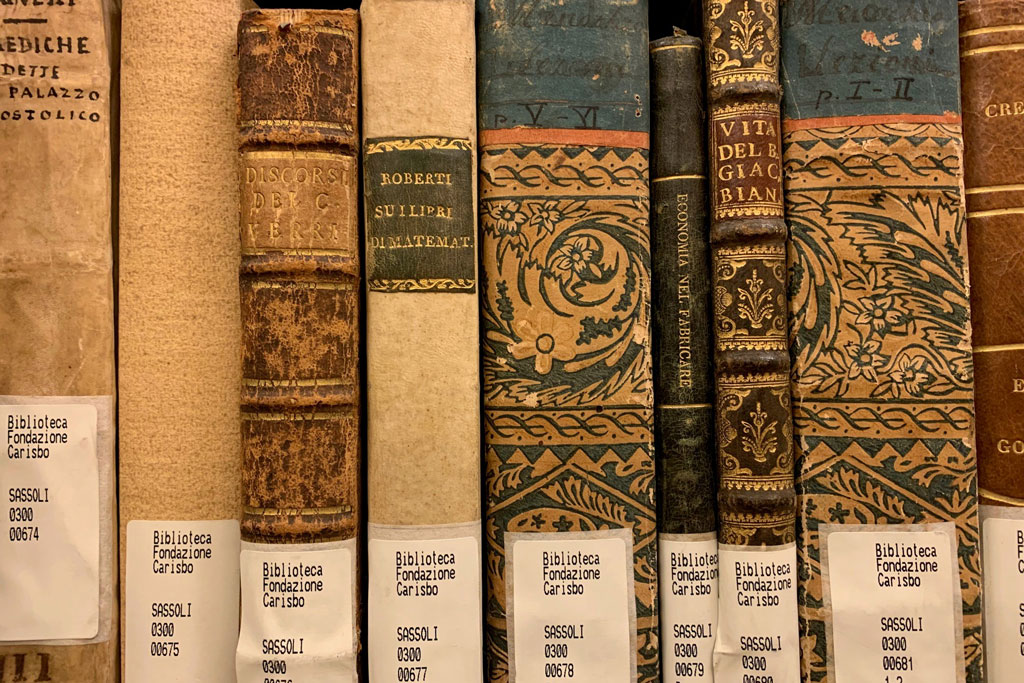
The San Colombano Museum houses a rich heritage of ancient musical instruments dating from the 16th to the early 20th centuries, almost all of them restored and used during the concert season. The main nucleus consists of the Tagliavini Collection, composed of about 80 rare and unique keyboard instruments: harpsichords, spinets, clavichords, historical pianos, and organs, in addition to wind, folk, and automatic instruments. The Museum also hosts several priceless pianos from the Scala Collection and other musical instruments acquired and donated over the past decade. The most important instruments include a "feather and hammer harpsichord" by Giovanni Ferrini (1746), a student of Bartolomeo Cristofori, inventor of the piano; a foldable Italian harpsichord from the early 18th century; and a group of three harpsichords built by the Bolognese Gioseffo Goccini.
